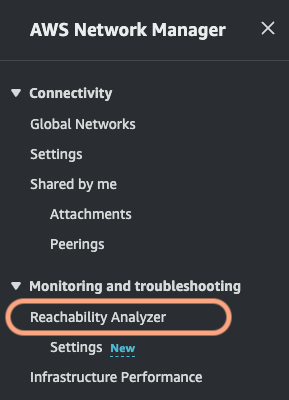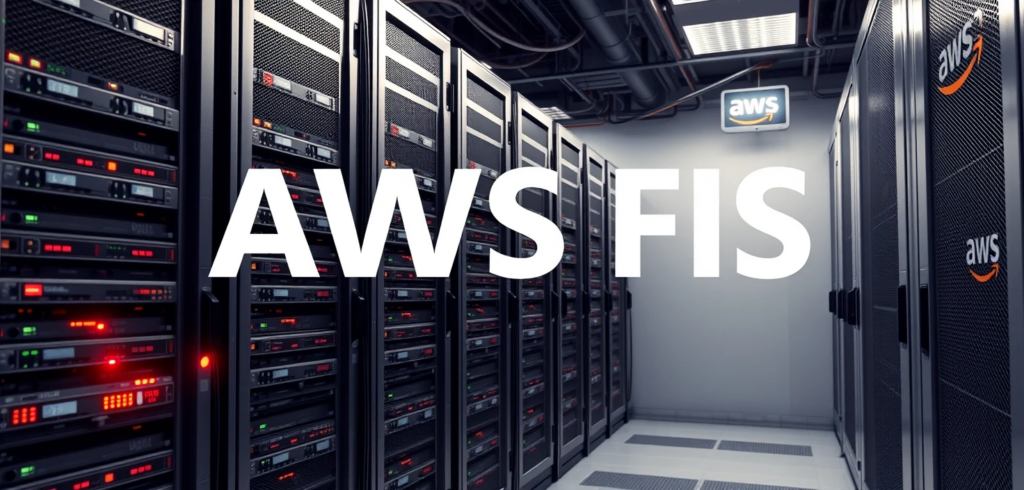
The cloud is a dream come true for businesses. Agility, scalability, global reach, it’s all there. But, jumping into the cloud without a solid foundation is like setting up a city without roads, plumbing, or electricity. Sure, you can start building skyscrapers, but soon enough, you’ll be dealing with chaos, no clear way to manage access, tangled networking, security loopholes, and spiraling costs.
That’s where Landing Zones come in. They provide the blueprint, the infrastructure, and the guardrails so you can grow your cloud environment in a structured, scalable, and secure way. Let’s break it down.
What is a Landing Zone?
Think of a Landing Zone as the cloud’s equivalent of a well-planned neighborhood. Instead of letting houses pop up wherever they fit, you lay down roads, set up electricity, define zoning rules, and ensure there’s proper security. This way, when new residents move in, they have everything they need from day one.
In technical terms, a Landing Zone is a pre-configured cloud environment that enforces best practices, security policies, and automation from the start. You’re not reinventing the wheel every time you deploy a new application; instead, you’re working within a structured, repeatable framework.
Key components of any Landing Zone:
- Identity and Access Management (IAM): Who has the keys to which doors?
- Networking: The plumbing and wiring of your cloud city.
- Security: Built-in alarms, surveillance, and firewalls.
- Compliance: Ensuring regulations like GDPR or HIPAA are followed.
- Automation: Infrastructure as Code (IaC) sets up resources predictably.
- Governance: Rules that ensure consistency and control.
Why do you need a Landing Zone?
Why not just create cloud resources manually as you go? That’s like building a house without a blueprint, you’ll get something up, but sooner or later, it will collapse under its complexity.
Landing Zones save you from future headaches:
- Faster Cloud Adoption: Everything is pre-configured, so teams can deploy applications quickly.
- Stronger Security: Policies and guardrails are in place from day one, reducing risks.
- Cost Efficiency: Prevents the dreaded “cloud sprawl” where resources are created haphazardly, leading to uncontrolled expenses.
- Focus on Innovation: Teams spend less time on setup and more time on building.
- Scalability: A well-structured cloud environment grows effortlessly with your needs.
It’s the difference between a well-organized toolbox and a chaotic mess of scattered tools. Which one lets you work faster and with fewer mistakes?
Different types of Landing Zones
Not all businesses need the same kind of cloud setup. The structure of your Landing Zone depends on your workloads and goals.
- Cloud-Native: Designed for applications built specifically for the cloud.
- Lift-and-Shift: Migrating legacy applications without significant changes.
- Containerized: Optimized for Kubernetes and Docker-based workloads.
- Data Science & AI/ML: Tailored for heavy computational and analytical tasks.
- Hybrid Cloud: Bridging on-premises infrastructure with cloud resources.
- Multicloud: Managing workloads across multiple cloud providers.
Each approach serves a different need, just like different types of buildings, offices, factories, and homes, serve different purposes in a city.
Landing Zones in AWS
AWS provides tools to make Landing Zones easier to implement, whether you’re a beginner or an advanced cloud architect.
Key AWS services for Landing Zones:
- AWS Organizations: Manages multiple AWS accounts under a unified structure.
- AWS Control Tower: Automates Landing Zone set up with best practices.
- IAM, VPC, CloudTrail, Config, Security Hub, Service Catalog, CloudFormation: The building blocks that shape your environment.
Two ways to set up a Landing Zone in AWS:
- AWS Control Tower (Recommended) – Provides an automated, guided setup with guardrails and best practices.
- Custom-built Landing Zone – Built manually using CloudFormation or Terraform, offering more flexibility but requiring expertise.
Basic setup with Control Tower:
- Plan your cloud structure.
- Set up AWS Organizations to manage accounts.
- Deploy Control Tower to automate governance and security.
- Customize it to match your specific needs.
A well-structured AWS Landing Zone ensures that accounts are properly managed, security policies are enforced, and networking is set up for future growth.
Scaling and managing your Landing Zone
Setting up a Landing Zone is not a one-time task. It’s a continuous process that evolves as your cloud environment grows.
Best practices for ongoing management:
- Automate Everything: Use Infrastructure as Code (IaC) to maintain consistency.
- Monitor Continuously: Use AWS CloudWatch and AWS Config to track changes.
- Manage Costs Proactively: Keep cloud expenses under control with AWS Budgets and Cost Explorer.
- Stay Up to Date: Cloud best practices evolve, and so should your Landing Zone.
Think of your Landing Zone like a self-driving car. You might have set it up with the best configuration, but if you never update the software or adjust its sensors, you’ll eventually run into problems.
Summarizing
A strong Landing Zone isn’t just a technical necessity, it’s a strategic advantage. It ensures that your cloud journey is smooth, secure, and cost-effective.
Many businesses rush into the cloud without a plan, only to find themselves overwhelmed by complexity and security risks. Don’t be one of them. A well-architected Landing Zone is the difference between a cloud environment that thrives and one that turns into a tangled mess of unmanaged resources.
Set up your Landing Zone right, and you won’t just land in the cloud, you’ll be ready to take off.











